Digital Pollution Tax: Can It Save Data Centers?

TL;DR: Algae could transform food and energy production by 2034, with markets projected to reach $81 billion. These microscopic organisms offer 10-100x greater fuel yields than conventional crops while providing complete protein and requiring minimal land or water resources.
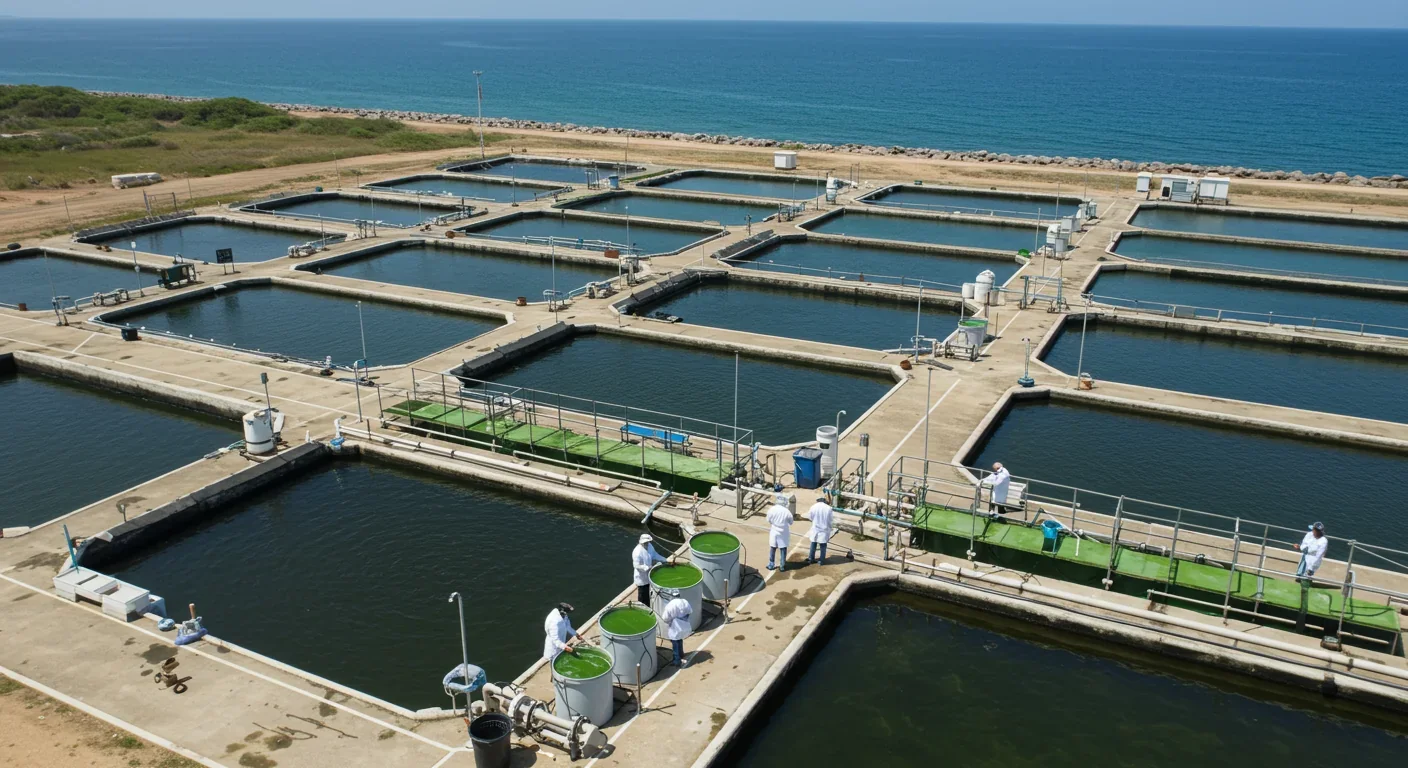
By 2034, a $81 billion market will transform how humanity produces food and energy. Scientists aren't looking to elaborate vertical farms or next-generation reactors—they're betting on algae, the microscopic organisms that have been photosynthesizing for billions of years. What once seemed like pond scum could become the foundation of a sustainable civilization.
Algae represents one of nature's most efficient biological machines. Some species contain up to 40 percent lipids by weight, ready for conversion into biodiesel. Others pack more than 60% protein into their cellular structure, outperforming soybeans and chickpeas. Spirulina and chlorella don't just match conventional protein sources—they demolish them.
The real breakthrough lies in productivity. Algae can yield between 10 and 100 times more fuel per unit area than second-generation biofuels. An acre of algae cultivation produces what would require 100 acres of corn ethanol. That's not incremental improvement—it's a fundamental shift in what's possible.
There are two main categories: microalgae (single-celled organisms invisible to the naked eye) and macroalgae (the seaweed you'd recognize). Microalgae currently accounts for 49.8% of the algae-based ingredients market revenue, while macroalgae claims 60% of the broader products market. Each type serves different purposes, from pharmaceutical compounds to biofuels to food ingredients.
For centuries, coastal communities harvested seaweed. The innovation came when scientists figured out how to cultivate microalgae at scale. That required solving a deceptively simple problem: how do you farm something you can't see?
The answer arrived in two forms. Open pond systems use large, shallow pools where algae grow under natural sunlight. They're cheap to build but vulnerable to contamination. Photobioreactors—closed systems with precise control—cost more upfront but deliver higher yields and purity. Advances in both technologies have improved productivity, while biorefinery innovations enhance extraction of high-value compounds.
The cultivation process mirrors traditional farming but on a microscopic scale. Algae need light, carbon dioxide, water, and nutrients. Feed them those inputs, and they double their biomass every few days. Harvest cycles run continuously—no waiting for seasons, no crop rotation, no pest management beyond basic contamination control.
Recent years brought hybrid systems that combine multiple approaches. Some operations use fermenters in complete darkness, feeding algae sugar instead of relying on photosynthesis. Others employ wild harvesting from natural blooms. The variety of methods reflects the industry's experimental phase, where no single approach has proven definitively superior.
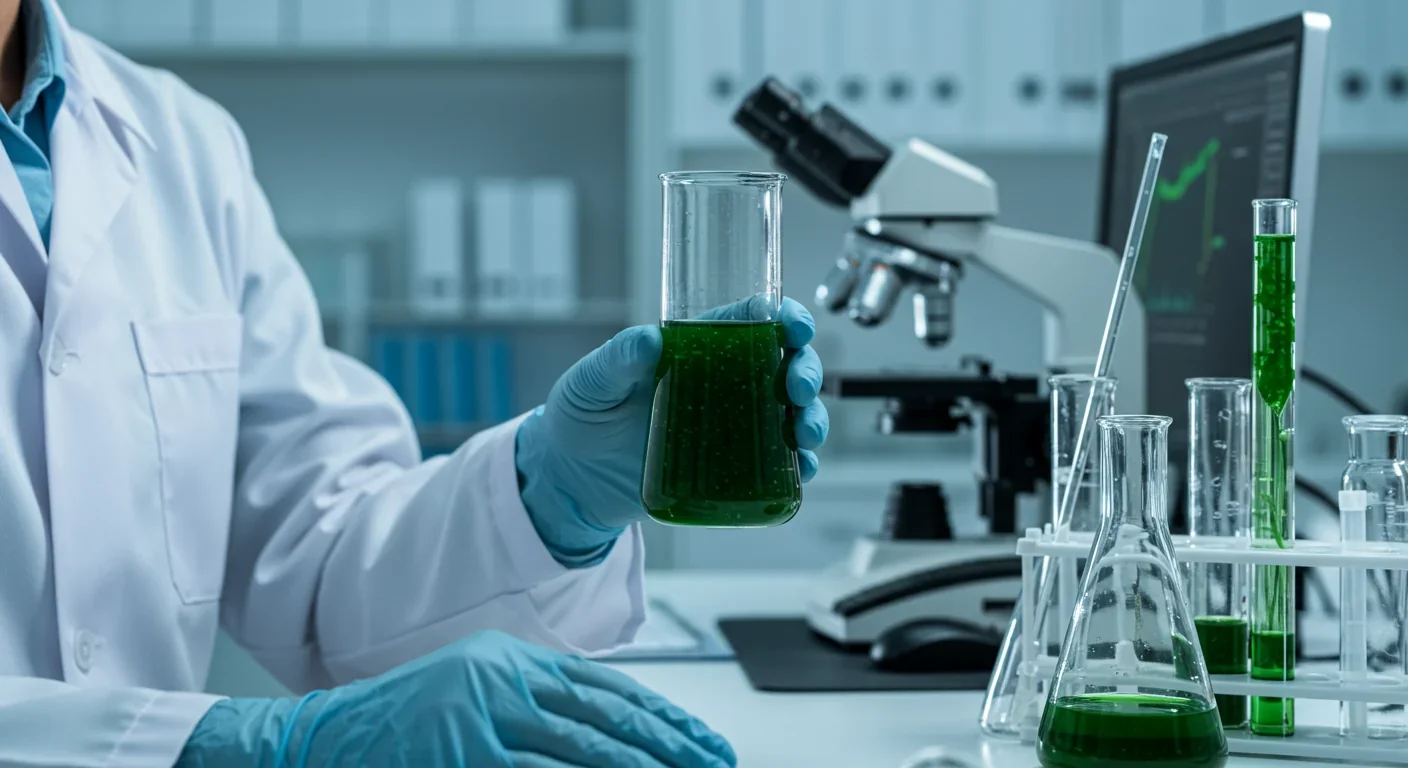
Money is flowing into algae faster than most people realize. The global algae products market stood at $41.93 billion in 2024 and is projected to reach $80.95 billion by 2034, growing at 6.8% annually. That's the big picture. Drill down to specific segments and the numbers get more interesting.
The algae-based ingredients market—focused on food and supplements—will grow from $4.5 billion in 2025 to $7.9 billion by 2035. The algal biomass market shows even more explosive potential, projected to jump from $2.95 billion in 2024 to $28.92 billion by 2033, a staggering 33.6% annual growth rate.
Investors aren't throwing money at speculation. They're backing companies with proven products and regulatory approvals. Corbion secured multiple approvals from China's customs administration in July 2025 for algae-derived omega-3 DHA products in both human and animal nutrition. That regulatory milestone opened access to the world's largest consumer market.
Major corporations are positioning themselves. Cargill, with its global agricultural reach, has invested in algae ingredients. Corbion focuses on omega-3s. Taiwan Chlorella Manufacturing Company built its entire business model around a single algal species. The competitive landscape spans established food giants and specialized biotech startups.
Geography matters. Asia Pacific dominated the market in 2024 with 45% share, driven by advanced cultivation technologies and rising demand for sustainable bio-products. Europe follows with strong environmental regulations pushing adoption. North America focuses on premium supplements and pharmaceutical applications.
Food security experts face a brutal calculation. Global population is projected to reach 9.7 billion by 2050. Agricultural land is finite. Conventional farming already consumes 70% of freshwater withdrawals. Something has to give.
Algae offers a way out of that trap. Unlike traditional crops, it doesn't compete for arable land—you can cultivate it in deserts, on rooftops, or in vertical facilities. Water requirements drop dramatically because closed systems recycle nutrients. The environmental footprint shrinks to a fraction of conventional agriculture.
The nutritional profile backs up the promise. Spirulina delivers complete protein with all essential amino acids. Chlorella provides vitamins B12 and iron often lacking in plant-based diets. Some species produce omega-3 fatty acids identical to fish oil. Algae cultivation requires just 25 days versus 24 months for fish oil production, and widespread adoption could spare up to 22 million tons of fish annually.
But here's what matters more than nutrition facts: algae is already in your food supply. That protein powder at the health food store? Probably contains spirulina. Those omega-3 supplements marketed to vegans? Likely derived from algae. Food manufacturers use algal hydrocolloids—which represented 35% of the product market in 2024—as thickeners and stabilizers.
The next frontier is whole food products. Companies are developing algae-based meat alternatives, dairy replacements, and protein bars that don't taste like pond water. Consumer acceptance remains the bottleneck, but younger generations show more willingness to embrace unconventional protein sources.
The same organisms feeding people could power their cars. Algal biofuels solve problems that plagued earlier attempts at renewable energy. First-generation ethanol from corn competed with food production. Second-generation cellulosic ethanol struggled with processing costs. Algae sidesteps both issues.
The economics still don't quite work at scale. Producing algal biodiesel currently costs more than drilling for petroleum. But the gap is closing. Closed-loop farming systems and enhanced extraction techniques are reducing time and costs, making commercial viability more realistic with each technological iteration.
Carbon accounting tips the scales. Algae consume CO2 during growth, effectively capturing carbon that would otherwise trap heat in the atmosphere. Burn algal fuel and you're releasing carbon that was recently removed from the air, not ancient hydrocarbons locked underground for millions of years. The net carbon impact approaches neutral.
Some facilities are coupling algae cultivation with industrial operations. Power plants pipe exhaust gases—rich in CO2—directly into algae ponds. The microorganisms scrub the carbon while producing valuable biomass. It's carbon capture that pays for itself instead of being a pure cost center.
Aviation is watching closely. Jet fuel from algae could decarbonize an industry with few other options. Electric batteries can't power transoceanic flights. Hydrogen faces infrastructure challenges. Sustainable aviation fuel derived from algae might be the only viable path to net-zero air travel.
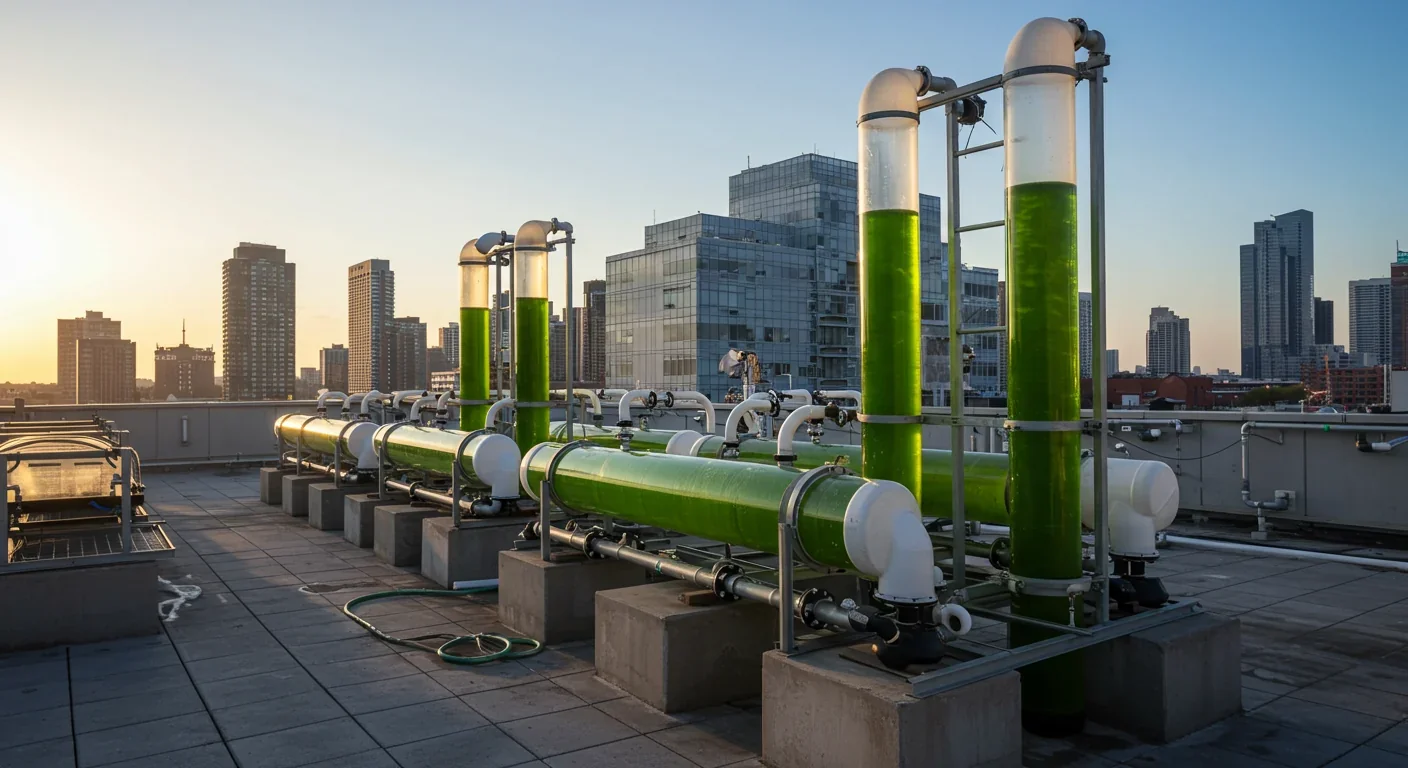
Nothing this promising comes without catch-22s. High initial capital and setup costs are major restraints on market growth. Building a commercial-scale photobioreactor facility requires millions in upfront investment. Small and medium enterprises can't compete with established players who have capital reserves.
Contamination remains a persistent problem. One invasive algal species or bacterial infection can destroy an entire batch. Open pond systems are particularly vulnerable, while closed systems trade that vulnerability for higher operating costs. The industry hasn't found a perfect solution, just different trade-offs.
Regulatory scrutiny around production processes, labeling transparency, and allergen assessments introduces compliance costs. Every new food product requires extensive safety testing. Pharmaceutical applications demand even more rigorous standards. Navigating regulatory frameworks across different countries multiplies the complexity.
Consumer perception presents a subtler challenge. Marketing algae as food requires overcoming instinctive reactions to its origin. Focus groups respond more positively to "spirulina protein" than "pond algae extract," even when describing identical products. The industry is learning to position algae as a premium health food rather than a survival ration.
Technical limitations persist. Not all algal species grow efficiently in cultivation. The highest-yielding strains often prove fragile. Genetic modification could enhance performance, but that triggers additional regulatory hurdles and consumer resistance. Natural selection produced algae optimized for survival, not human industrial processes.
The trajectory is clear even if the timeline remains uncertain. Within a decade, algae-based ingredients will be ubiquitous in processed foods. Your breakfast cereal will contain algal protein. Your salad dressing will use algal thickeners. You probably won't notice, and that's the point.
Energy applications will take longer. Algal biofuels need another breakthrough—in cultivation efficiency or processing costs—before competing head-to-head with fossil fuels. But the direction of travel points toward eventual cost parity, especially as carbon pricing makes conventional fuels more expensive.
The implications reach beyond markets and menus. A world powered by algae looks fundamentally different. Desert regions become productive instead of barren. Coastal areas develop new industries around seaweed farming. Carbon emissions decline not through sacrifice but through substitution.
For investors, the algae sector offers the rare combination of growth potential and sustainability credentials. The market is still young enough for new entrants but mature enough to have proven commercial viability. The risk-reward profile resembles solar energy in the early 2010s—promising but not guaranteed.
Policymakers face choices about how aggressively to support the industry. Subsidies could accelerate adoption but create dependency. Carbon pricing would level the playing field against fossil fuels. Regulatory streamlining might lower barriers to entry. The decisions made in the next few years will determine whether algae becomes a niche industry or a civilizational foundation.
Skills matter too. The algae economy will need biologists who understand cultivation, engineers who design photobioreactors, food scientists who create palatable products, and entrepreneurs who can navigate regulatory mazes. Educational institutions are only beginning to train the workforce this industry requires.
Here's what makes algae different from other sustainability solutions: it solves multiple crises simultaneously. Food security, energy independence, carbon capture, and land use efficiency all improve through the same intervention. That convergence of benefits is rare.
Humanity has domesticated crops for 10,000 years. Wheat, rice, and corn built civilizations. The next agricultural revolution might be measured in microns instead of acres. We're learning to farm organisms that existed before there were continents, before there was oxygen in the atmosphere.
The scale of transformation remains to be seen. Algae might be a modest contributor to sustainability or the foundation of a post-carbon economy. The market projections point toward significant adoption. The technology improvements suggest commercial viability is approaching. The regulatory approvals indicate governments see the potential.
What happens next depends less on the biology—which is proven—than on human choices. Will consumers accept algae-based foods? Will investors fund the necessary infrastructure? Will governments create policy frameworks that support rather than hinder development? Those questions will determine whether algae remains a niche product or becomes as ubiquitous as soybeans.
The organisms floating in those photobioreactors have been perfecting photosynthesis for 3.5 billion years. They survived mass extinctions, ice ages, and asteroid impacts. They'll persist regardless of whether humans harness their potential. The question is whether we're smart enough to recognize what evolution has handed us—a renewable resource that could feed and fuel the next generation without destroying the planet in the process.
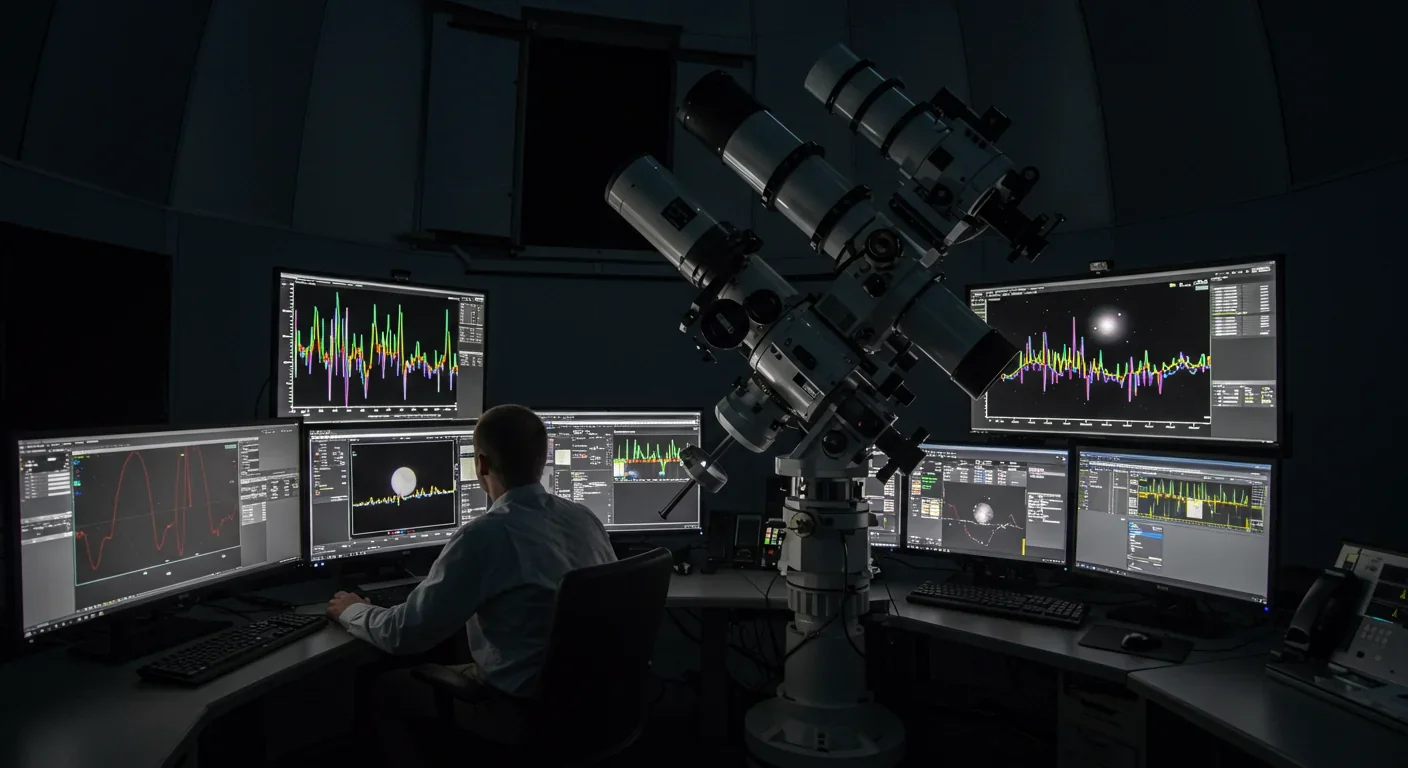
Over 80% of nearby white dwarfs show chemical fingerprints of destroyed planets in their atmospheres—cosmic crime scenes where astronomers perform planetary autopsies using spectroscopy. JWST recently discovered 12 debris disks with unprecedented diversity, from glassy silica dust to hidden planetary graveyards invisible to previous surveys. These stellar remnants offer the only direct measurement of exoplanet interiors, revealing Earth-like rocky worlds, Mercury-like metal-rich cores, and ev...

Hidden mold in homes releases invisible mycotoxins—toxic chemicals that persist long after mold removal, triggering chronic fatigue, brain fog, immune dysfunction, and neurological damage. Up to 50% of buildings harbor mold, yet most mycotoxin exposure goes undetected. Cutting-edge airborne testing, professional remediation, and medical detox protocols can reveal and reverse this silent epidemic, empowering individuals to reclaim their health.

Data centers consumed 415 terawatt-hours of electricity in 2024 and will nearly double that by 2030, driven by AI's insatiable energy appetite. Despite tech giants' renewable pledges, actual emissions are up to 662% higher than reported due to accounting loopholes. A digital pollution tax—similar to Europe's carbon border tariff—could finally force the industry to invest in efficiency technologies like liquid cooling, waste heat recovery, and time-matched renewable power, transforming volunta...

Transactive memory is the invisible system that makes couples, teams, and families smarter together than apart. Psychologist Daniel Wegner discovered in 1985 that our brains delegate knowledge to trusted partners, creating shared memory networks that reduce cognitive load by up to 40%. But these systems are fragile—breaking down when members leave, technology overwhelms, or communication fails. As AI and remote work reshape collaboration, understanding how to intentionally build and maintain ...
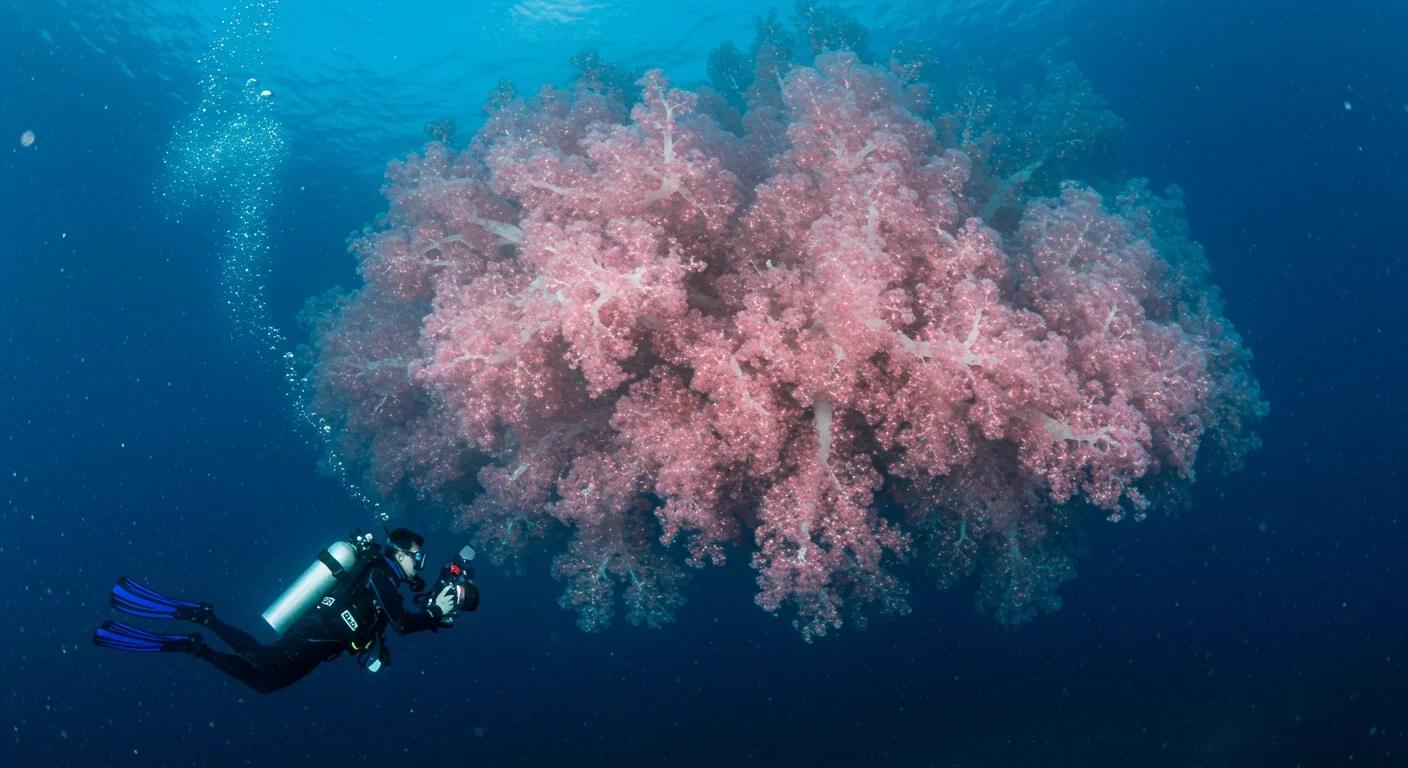
Mass coral spawning synchronization is one of nature's most precisely timed events, but climate change threatens to disrupt it. Scientists are responding with selective breeding, controlled laboratory spawning, and automated monitoring to preserve reef ecosystems.

Your smartphone isn't just a tool—it's part of your mind. The extended mind thesis argues that cognition extends beyond your skull into devices, AI assistants, and wearables that store, process, and predict your thoughts. While 79% of Americans now depend on digital devices for memory, this isn't amnesia—it's cognitive evolution. The challenge is designing tools that enhance thinking without hijacking attention or eroding autonomy. From brain-computer interfaces to AI tutors, the future of co...

The 2017 "Attention Is All You Need" paper introduced transformer architecture, revolutionizing AI by replacing sequential processing with parallel attention mechanisms. Transformers now power ChatGPT, DALL-E, and virtually every major AI breakthrough, achieving superior performance while training faster than previous models. This shift created new career opportunities, raised concerns about bias and environmental impact, and fundamentally changed how machines—and humans—interact with informa...